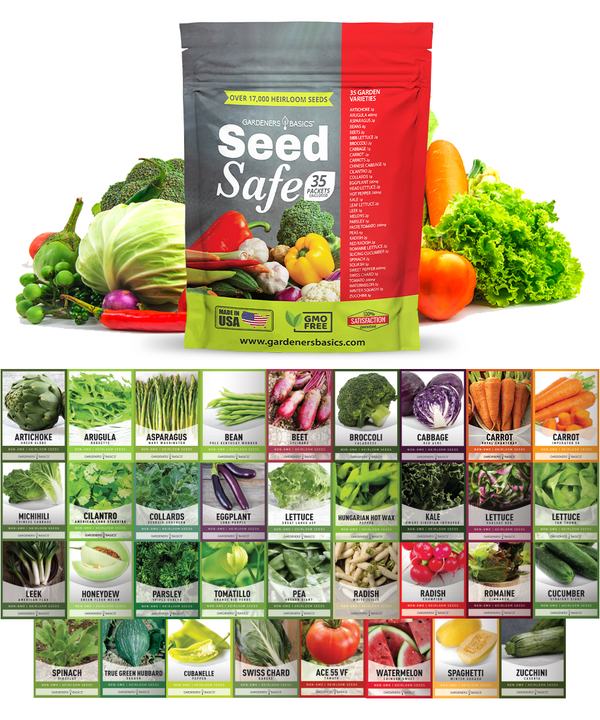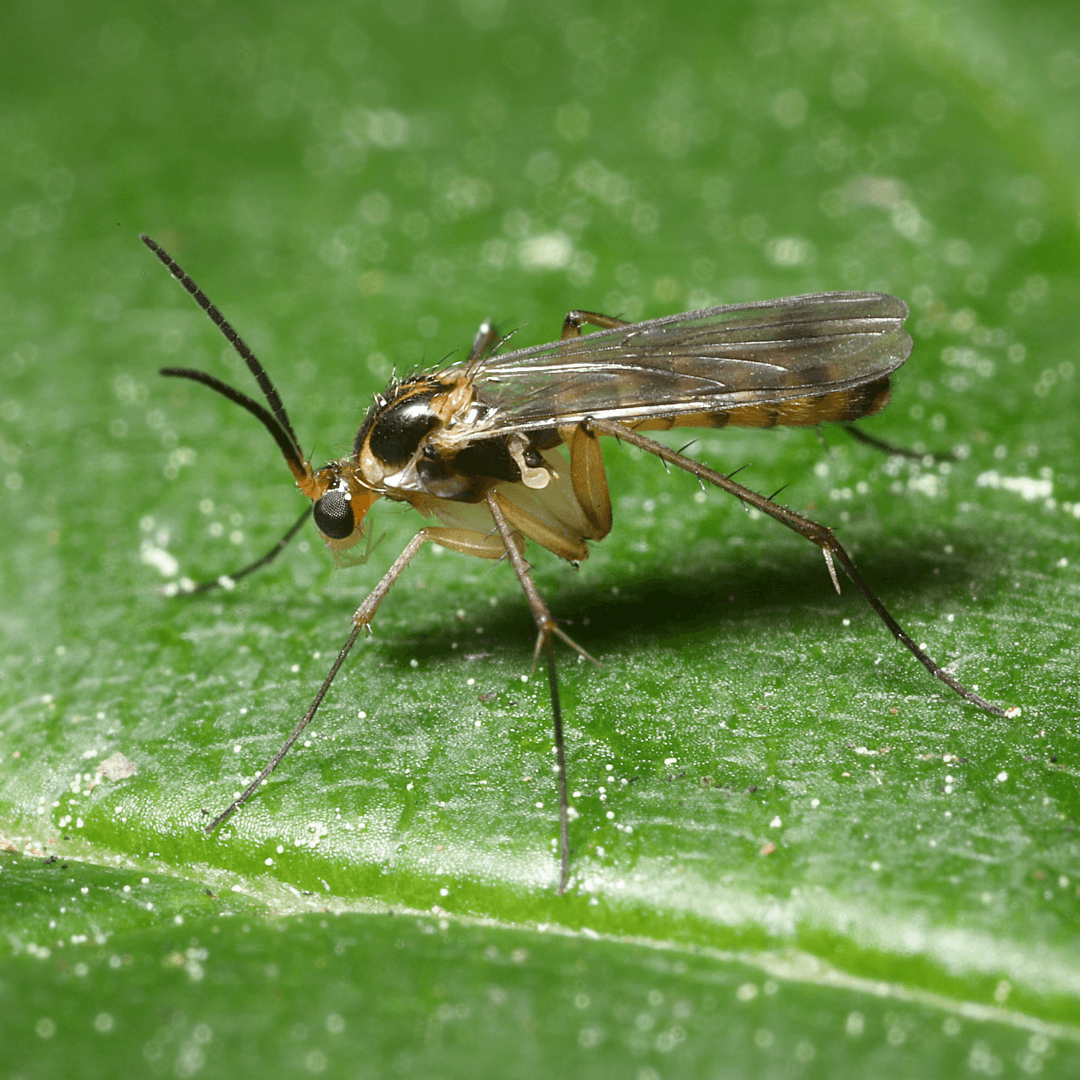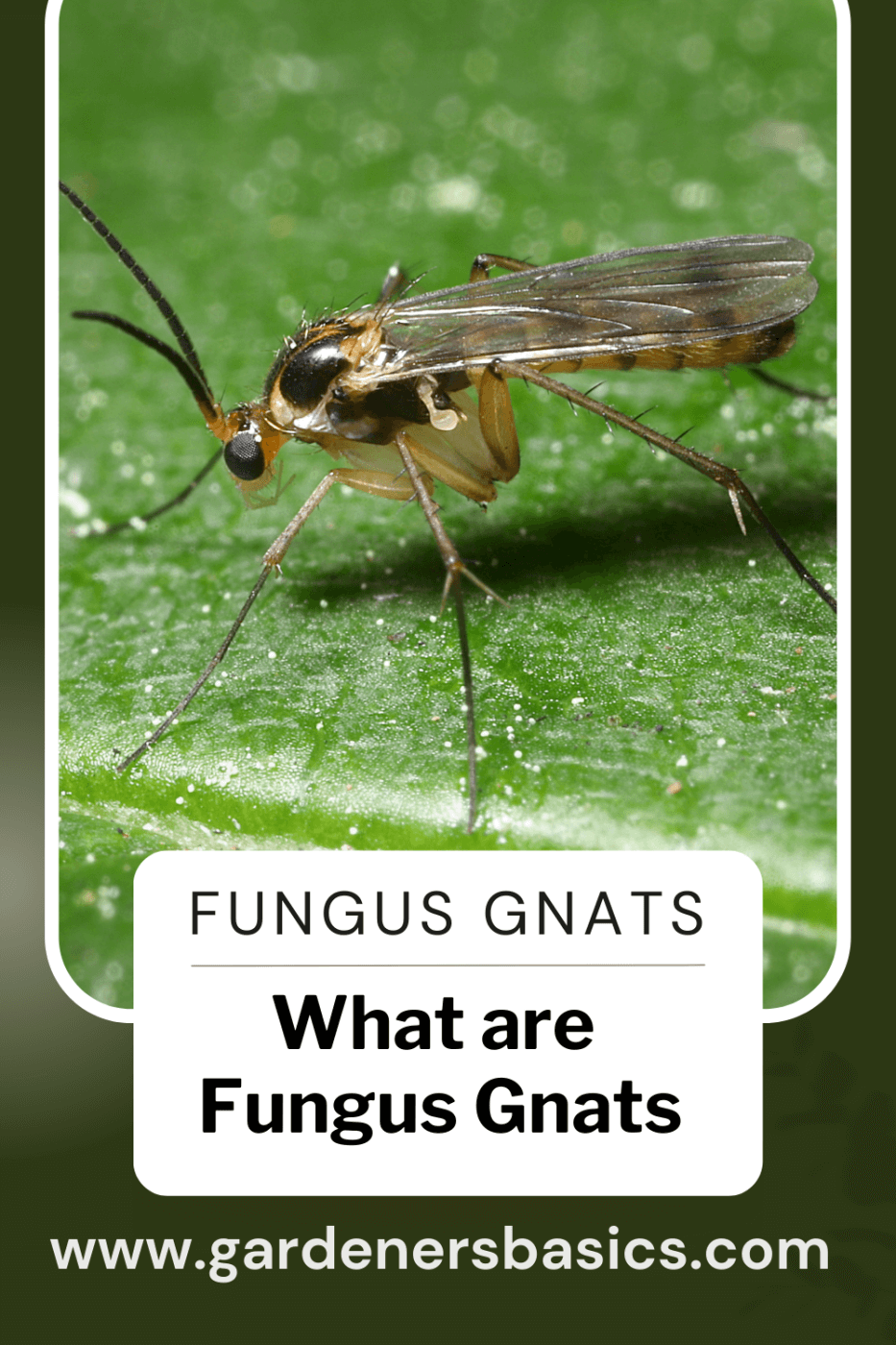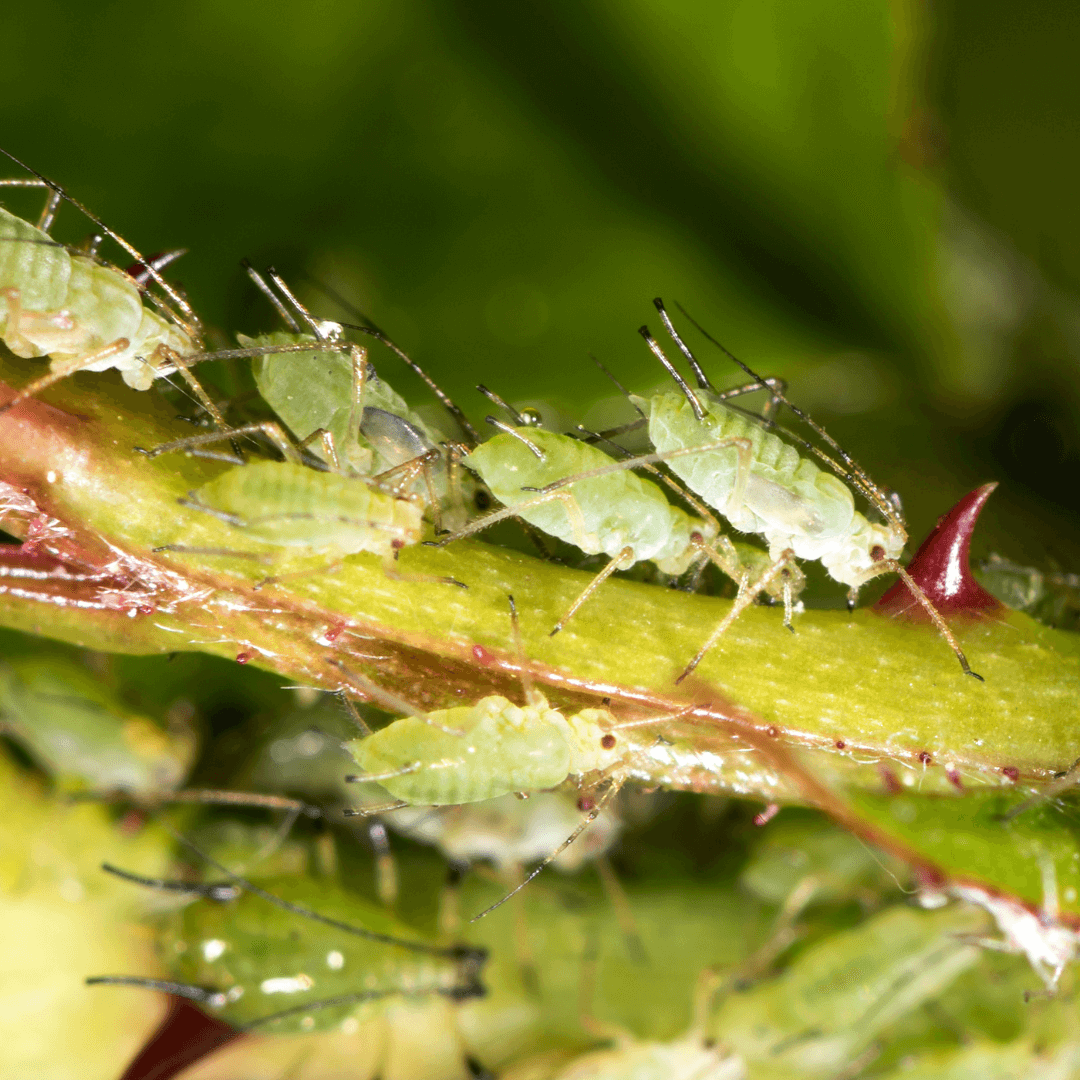Introduction
As a gardener for over 30 years, I've encountered various pests and challenges. One of the most common yet annoying pests I've discovered is fungus gnats. These tiny flying insects can wreak havoc on your beloved plants, so knowing what they are and how to effectively control them is crucial. In this informative and practical guide, I'll share my expertise on identifying and controlling fungus gnats, along with valuable tips and tricks from fellow gardeners on Reddit. Let's dive into just what are fungus gnats!
What are Fungus Gnats?
Characteristics of fungus gnats
Fungus gnats are small, soft-bodied insects with a wingspan of around 3mm. They typically have a black or grayish color, with long legs and antennae. Their life-cycle consists of four stages: egg, larva, pupa, and adult.
- Size, color, and appearance: Adult fungus gnats are about 1/8-inch long, black or dark grey, and have a mosquito-like appearance.
- Life cycle stages: The life cycle includes eggs, larvae (which resemble tiny white worms), pupae, and adults.
Damage caused by fungus gnats
While adult fungus gnats don't directly harm garden plants, their larvae can be destructive. They feed on plant roots, causing root damage and making the plants more susceptible to diseases.
- Plant root damage: Fungus gnat larvae feed on the fine hairs of plant roots, stunting plant growth and leading to wilting or yellowing leaves.
- Spread of disease: Fungus gnat larvae can spread diseases like Pythium and Fusarium, further damaging your plants.
Seed Safe Survival Seed Kit - 35 Variety Pack

$29.95
$49.95
Seed Safe Survival Seed Kit: The Ultimate Heirloom Collection for Self-Sufficient Gardening Introducing the Seed Safe - 35 Varieties of Heirloom Vegetable, Herb, and Fruit Seeds, the ultimate solution for gardeners who want to secure a bountiful future harvest. This… read more
Importance of controlling fungus gnats
Protecting plant health
Controlling fungus gnats is essential to protect your plants from root damage and disease, ensuring they remain healthy and vibrant.
Preventing future infestations of fungus gnats
By effectively managing fungus gnat populations, you'll reduce the likelihood of future infestations and maintain a healthy plant-growing environment.
Identifying Fungus Gnats
Visual identification
Adult fungus gnats
- Appearance: Adult fungus gnats resemble tiny mosquitoes and are black or dark grey.
- Flight patterns: Fungus gnats are weak fliers and can often be seen hovering or walking on the soil surface.
Larvae and pupae
- Location in soil: Fungus gnat larvae and pupae are found in the top 1-2 inches of moist, organic soil.
- Appearance: Larvae look like tiny, white worms, while pupae are brown and slightly larger.
Signs of infestation
- Yellowing or wilting leaves: Damaged plant roots can cause leaves to yellow or wilt, signaling a potential fungus gnat infestation.
- Slow plant growth: Fungus gnat larvae feeding on roots can stunt plant growth.
- The presence of tiny flies around plants: Seeing adult fungus gnats near your plants clearly indicates an infestation.
How to Get Rid of Fungus Gnats
Cultural control methods
- Proper watering practices: Water plants only when the top inch of soil is dry to discourage fungus gnat reproduction.
- Soil aeration: Use a fork to gently loosen the soil, allowing it to dry more quickly and discouraging fungus gnat larvae.
- Removing decaying plant material: Regularly clean up fallen leaves and debris to reduce potential breeding sites for fungus gnats.
Biological control methods
- Beneficial nematodes: Introduce helpful nematodes like Steinernema feltiae to your soil. These microscopic worms will attack and kill fungus gnat larvae. I've personally had great success using nematodes in my garden.
- Predatory mites: Release Hypoaspis miles, a type of predatory mite, into your garden. These mites feed on fungus gnat larvae and help keep populations under control.
- Bacillus thuringiensis var. israelensis (Bti): Apply Bti, a naturally occurring soil bacterium, to your soil. It specifically targets and kills fungus gnat larvae. Follow the product's instructions for proper application.
Chemical control methods
- Insecticidal soap: Mix a solution according to the product's label and apply it to your plants. This will help control adult fungus gnats without harming your plants.
- Neem oil: Combine neem oil with water, following the product's instructions, and apply it to your plants. This organic solution will help control fungus gnat populations.
- Pyrethrin-based insecticides: Use pyrethrin-based insecticides as a last resort, as they can harm beneficial insects. Be sure to follow safety precautions when using these products.
Preventing Future Infestations
Regular monitoring
- Inspect plants for fungus gnats: Regularly check your plants for signs of infestation, such as adult gnats or damaged roots.
- Using yellow sticky traps: Place yellow sticky traps near your plants to capture adult fungus gnats and monitor their presence.
Maintaining a clean growing environment
- Sanitizing tools and equipment: Clean and sanitize your gardening tools and equipment to prevent the spread of fungus gnats and diseases.
- Properly disposing of infested plants: If a plant is heavily infested, it's best to remove and dispose of it properly to prevent the spread of fungus gnats to other plants.
Vegetable Seed Vault Kit | 35 Variety Pack

$29.95
$49.95
Ultimate Survival Seed Vault: 16,000+ Non-GMO Heirloom Vegetable Seeds for Emergency Preparedness Introducing the Seed Vault Kit, your all-in-one solution for emergency preparedness and sustainable gardening. This premium seed kit contains over 16,000 non-GMO, Heirloom, Non-Hybrid, and Open Pollinated seeds,… read more
Practicing good plant care
- Providing adequate light and nutrients: Ensure your plants receive the right light and nutrients to keep them healthy and less susceptible to fungus gnat infestations.
- Ensuring proper drainage in pots and containers: Use well-draining soil and containers with drainage holes to prevent overly moist conditions that attract fungus gnats.
Conclusion
Fungus gnats may be tiny, but they can cause significant damage to your plants. By understanding their characteristics and habits, you can effectively identify and control these pests in your garden. Remember to practice good plant care and maintain a clean growing environment to prevent future infestations. With these tips and strategies, you can keep your garden fungus gnat-free and ensure your plants thrive. Happy gardening!
 H2: Frequently Asked Questions (FAQ) - What are Fungus Gnats
H2: Frequently Asked Questions (FAQ) - What are Fungus Gnats
Q1: What do fungus gnats look like?
A1: Adult fungus gnats are small, black, or dark grey insects with a wingspan of around 3mm. They have long legs and antennae and resemble tiny mosquitoes. Fungus gnat larvae look like small, white worms in moist, organic soil.
Q2: Can fungus gnats harm humans?
A2: Fungus gnats are not harmful to humans. They do not bite or transmit diseases. However, they can be a nuisance when present in large numbers.
Q3: How do I know if I have a fungus gnat infestation?
A3: Signs of a fungus gnat infestation include the presence of adult gnats flying or walking around your plants, yellowing or wilting leaves, and slow plant growth due to root damage caused by larvae feeding.
Q4: Are there any natural ways to control fungus gnats?
A4: There are several natural methods for controlling fungus gnats, including proper watering practices, soil aeration, and removing decaying plant material. You can also use biological control methods such as beneficial nematodes, predatory mites, or Bacillus thuringiensis var. israelensis (Bti).
Q5: Can I use insecticides to control fungus gnats?
A5: Insecticides, such as insecticidal soap, neem oil, or pyrethrin-based insecticides, can control fungus gnats. However, using them judiciously and following safety precautions is essential, as they can also harm beneficial insects.





 H2: Frequently Asked Questions (FAQ) - What are Fungus Gnats
H2: Frequently Asked Questions (FAQ) - What are Fungus Gnats

